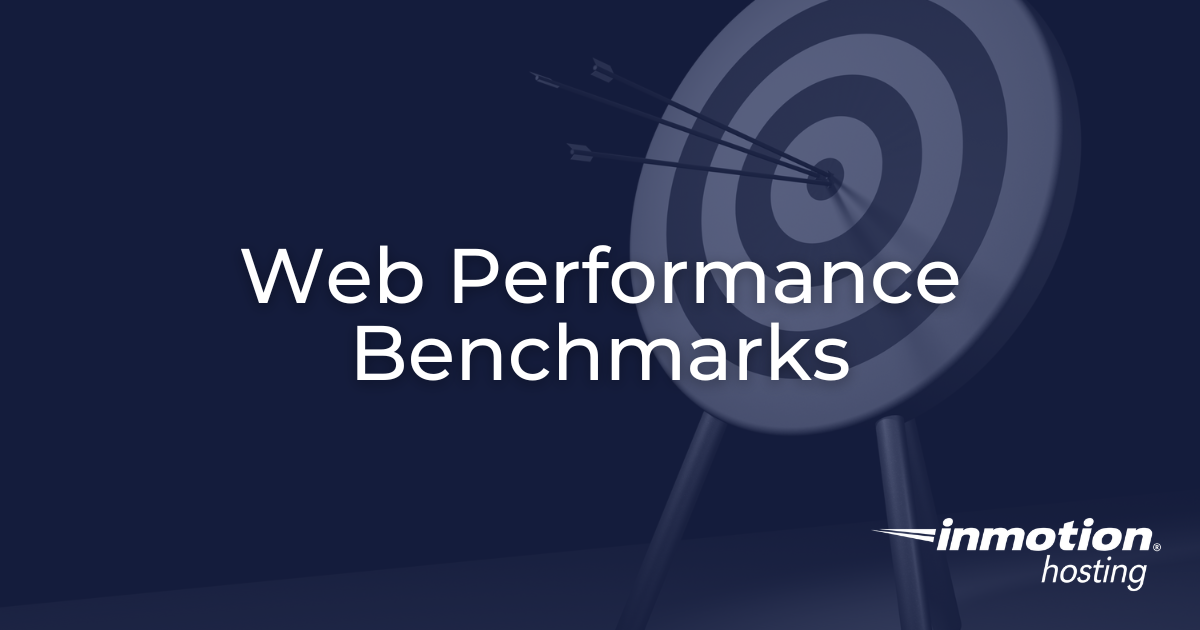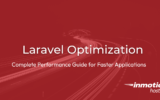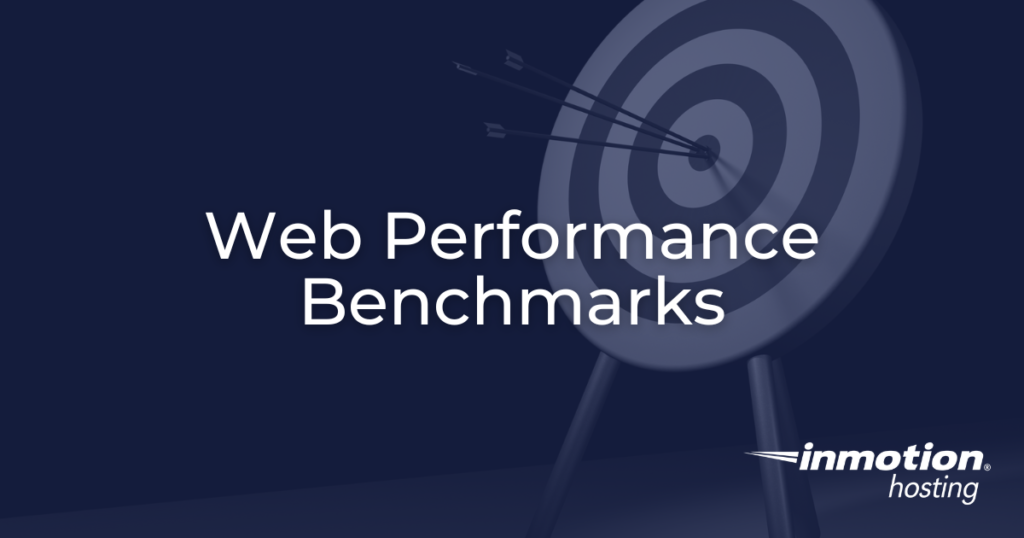
In 2025, speed isn’t optional, it’s survival. Google’s updated web performance benchmarks now heavily influence search rankings, customer satisfaction, and revenue. Our guide breaks down Core Web Vitals, industry-specific challenges, and proven optimization strategies to keep your site fast and competitive. Learn how to eliminate costly delays, boost conversions, and future-proof your online presence with the right hosting and performance tactics.
Your website’s speed directly impacts your business success and search rankings. In 2025, Google has made website speed even more important for search rankings. If your site doesn’t meet their speed requirements, you’ll disappear from search results while faster competitors take your customers. The search giant now uses specific performance metrics as ranking factors, meaning your site’s speed directly determines whether potential customers can find you online.
When your site loads slowly, you lose customers. It’s that simple.
In fact, just one second of delay costs you 7% in sales. For a business making $100,000 daily, that’s $365,000 lost each year. These aren’t just statistics. They represent real customers who are choosing your competitors over you because their sites load faster.
The good news: With the right hosting setup and optimization strategies, you can meet these standards and outperform your competition. This guide shows you exactly how to transform your website from a conversion killer into a revenue generator.
What Are Web Performance Benchmarks?
Web performance benchmarks are speed standards your website needs to meet. Think of them like a report card for your site’s performance. These standards aren’t arbitrary numbers; they’re based on extensive research into what makes visitors stay on your site versus leaving for a competitor.
These benchmarks affect three critical areas of your business:
- Your search rankings determine where you appear on Google. Sites that meet performance benchmarks get priority placement. Meanwhile, slower sites get pushed down as far as even page two, where 63% of searchers never look. This visibility difference can mean thousands of lost visitors monthly.
- Customer satisfaction hinges on speed. Today’s internet users expect instant gratification. They’ve been trained by sites like Amazon and Google to expect pages that load in under two seconds. When your site doesn’t meet these expectations, visitors assume your business is outdated or unprofessional.
- Your sales conversions improve dramatically with better performance. Faster sites don’t just keep visitors around; they convert them into customers at higher rates.
Smart businesses are investing billions in website speed because they understand what’s at stake. Major retailers report that every 100 milliseconds of delay results in costly drops in revenue. Your hosting infrastructure plays a crucial role in meeting these standards through proper server setup, caching (storing frequently used data for quick access), and resource management.
Google’s Core Web Vitals: Your Website’s Speed Test
Understanding the Three Metrics That Matter Most
Google measures your website’s performance using three main tests called Core Web Vitals. Your site needs to pass all three to rank well in search results. These aren’t suggestions, they’re requirements that Google enforces strictly.
Let’s examine each core web vital and the targets you need to pass them.
1. Largest Contentful Paint (LCP) – How Fast Your Main Content Loads
This measures when your biggest piece of content appears on screen. Usually, this is your hero image (the large image at the top of your page) or your main headline. Google watches how long visitors wait to see this crucial content.
- Target: Under 2.5 seconds
- What it means: Visitors should see your main content quickly
- Why it matters: Slow loading makes people leave before seeing what you offer
- Business impact: Sites with poor LCP see 25% higher bounce rates
To put this in perspective, 2.5 seconds feels like an eternity online to your customers.
2. Interaction to Next Paint (INP): How Quickly Your Site Responds
This tracks how fast your site responds when someone clicks a button, taps a link, or types in a form. INP is a newer and even tougher standard than the older metric called First Input Delay. It measures every interaction during a visit, not just the first one.
- Target: Under 200 milliseconds (0.2 seconds)
- What it means: Your site should feel instant when people interact with it
- Why it matters: Slow responses frustrate users and hurt conversions
- Business impact: Poor INP scores correlate with 40% lower conversion rates
Think about when you use your smartphone. When you tap something, you expect an immediate response. Even a slight delay feels broken. That’s what INP measures: whether your site feels smooth and responsive or sluggish and frustrating.
3. Cumulative Layout Shift (CLS): How Stable Your Page Is
This measures whether elements on your page jump around while loading. You’ve probably experienced this frustration… You’re about to click a button when suddenly an image loads above it, pushing everything down. You accidentally click the wrong thing or have to hunt for what you originally wanted.
- Target: Score below 0.1
- What it means: The elements on your page should stay still as they load
- Why it matters: Moving elements cause accidental clicks and frustrate visitors
- Business impact: If you have a high layout shift, it leads to user irritation and can increase cart abandonment
Layout shift is particularly problematic on mobile devices where screen space is limited. When elements jump around, users often tap ads accidentally or submit forms before they’re ready, creating a terrible user experience that drives customers away.
The 75% Rule and Why It Matters
Google doesn’t just test your site once in perfect conditions. They measure how it performs for 75% of your real visitors. This means your site needs to be fast for most people, regardless of their situation.
Consider the variety of conditions in which your visitors access your website:
- Device types: From the latest iPhones to budget Android phones from three years ago
- Connection speeds: From 5G in cities to spotty 3G in rural areas
- Browser versions: From cutting-edge Chrome to outdated Internet Explorer
- Geographic locations: Visitors from next door to the other side of the world
This 75th percentile measurement ensures consistency. It’s not enough for your site to be fast sometimes. It needs to be reliably fast for the majority of your visitors. This is why many sites that seem fast to their owners fail Core Web Vitals tests. Because testing on your high-speed office internet with a powerful computer doesn’t reflect your actual visitors’ experience.
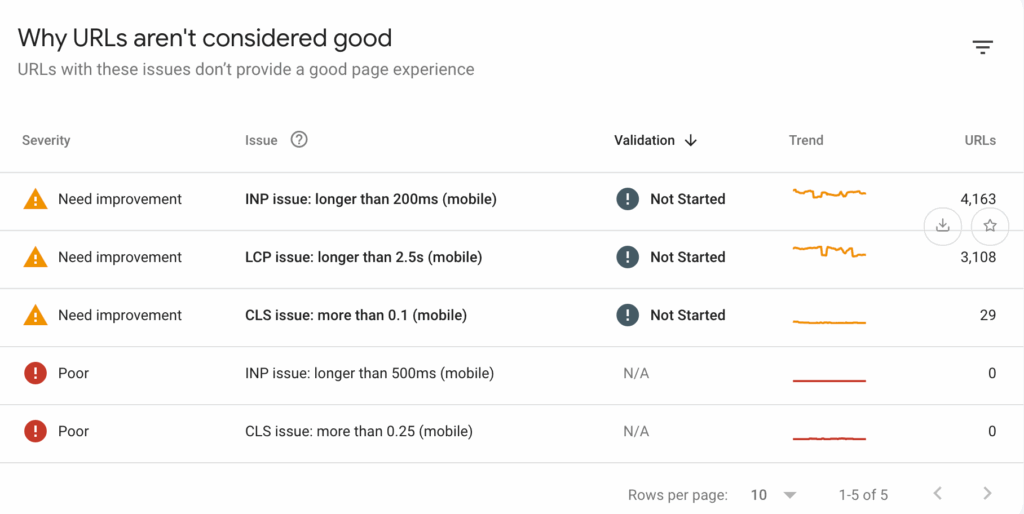
Key point: Mobile performance is now most important. Google uses your mobile site’s speed to determine rankings everywhere, including desktop searches. This mobile-first approach reflects reality: over 60% of searches now happen on mobile devices.
Additional Speed Metrics That Impact Your Business
Beyond Google’s three main tests, these metrics also affect your success and provide deeper insights into your site’s performance:
| Metric | What’s Measured | Analogy | Problem | Target |
|---|---|---|---|---|
| Time to First Byte (TTFB) | How quickly your server starts responding to a request | Time waiting on hold before customer service picks up | Server problems or hosting limitations | Under 500 ms |
| First Contentful Paint (FCP) | How long is the site frozen during loading, preventing interaction | Shows progress to keep visitors engaged | Slow initial content rendering | Under 1.8 seconds |
| Speed Index | How quickly all content becomes visible | Average loading experience | Uneven content loading | Under 3.4 seconds |
| Total Blocking Time (TBT) | How long the site is frozen during loading, preventing interaction | Site ignores clicks/taps during loading | Poor interactivity during load | Under 200 ms |
The Reality: Most Websites Are Too Slow
Here’s what you’re up against in today’s competitive landscape:
- Only 20% of websites pass all speed tests
- eCommerce sites average over 4 seconds to load during busy shopping periods
- 53% of mobile visitors leave if your site takes over 3 seconds
- The average webpage is now 2.2MB, compared to 800KB five years ago
But this widespread failure creates opportunity. While your competitors struggle with slow sites, you can capture their customers by being faster. Every competitor with a slow site is essentially sending customers your way, if you’re ready to receive them.
Industry-Specific Challenges
Different industries face unique performance challenges:
eCommerce sites struggle with large product catalogs, high-resolution images, and complex checkout processes. The average online store loads 150+ resources per page, each potentially slowing performance.
Service businesses often rely on heavy contact forms, booking systems, and third-party integrations that add complexity and slow loading times.
Marketing agencies frequently use design-heavy layouts with animations, videos, and interactive elements that look impressive but kill performance.
Small businesses typically use budget hosting and website builders that prioritize ease over speed, resulting in sites that can’t compete with larger competitors.
Real Success Stories That Prove the Value
Amacor Printz, a Canadian design shop specializing in silk screening and embroidery, transformed their website performance through strategic optimization with Inmotion Hosting. They improved their mobile performance score by 153% (from 60 to 92), which reduced their speed index from 11.3 seconds to just 3.1 seconds on mobile. Their systematic approach included:
- Implementing comprehensive caching with the W3 Total Cache plugin
- Drastically reducing network requests and data transfer sizes
- Optimizing page load strategies by removing unnecessary assets
- Grouping pages by type for tailored performance optimizations
What Slow Speed Really Costs Your Business
Every delay hits your bottom line in ways you might not realize:
Direct conversion losses:
- 100 millisecond delay: 7% fewer sales
- 1-second delay: 11% fewer sales
- 2-second delay: 16% fewer sales
- 3-second delay: 20% of visitors leave immediately
Search visibility impact: The difference between loading in 2.4 seconds versus 2.6 seconds can push you from page one to page two of search results. Since 75% of people never look past the first page, this seemingly small difference devastates your traffic. For a business getting 10,000 monthly visitors from search, dropping to page two means losing 7,500 potential customers.
Customer lifetime value reduction: Slow sites don’t just lose individual sales; they damage long-term customer relationships. Research shows that 79% of customers dissatisfied with site performance are less likely to buy again. One bad experience can cost you years of potential revenue from that customer.
Competitive disadvantage: Amazon found that every 100 milliseconds of delay cost them 1% in sales. While your business might not be Amazon’s size, the percentage impact remains similar. If competitors load faster, they’re taking money from your pocket.
Choosing the Right Technology for Speed
Website Platforms and Their Impact on Speed
Your choice of website platform fundamentally determines your speed potential. Each platform has inherent advantages and limitations that affect performance.
For Business Owners Using Website Builders:
WordPress powers 40% of all websites, but requires careful optimization to stay fast. Out of the box, WordPress can be slow, especially with multiple plugins. However, with proper hosting and optimization, WordPress sites can be lightning fast. The key is choosing quality themes, limiting plugins, and using performance-focused hosting.
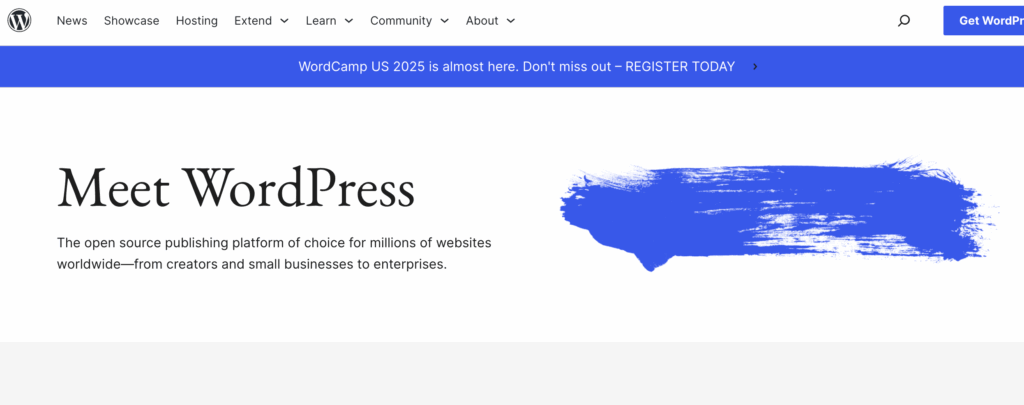
WooCommerce requires manual optimization since it’s a WordPress plugin, but it offers extensive control over performance. Popular optimization techniques include caching plugins like WP Rocket or W3 Total Cache, image compression tools, and choosing fast hosting providers. The flexibility means you can fine-tune performance, but it requires more technical knowledge to achieve optimal speeds.
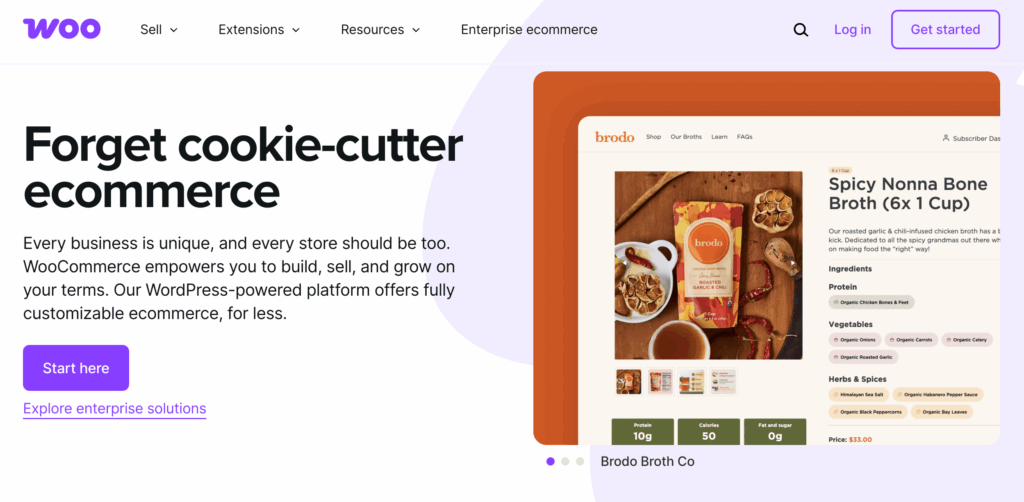
Wix and Squarespace prioritize ease of use but can struggle with complex designs. Their drag-and-drop builders sometimes create inefficient code that slows loading. They work well for simple sites, but may limit your performance potential as you grow.
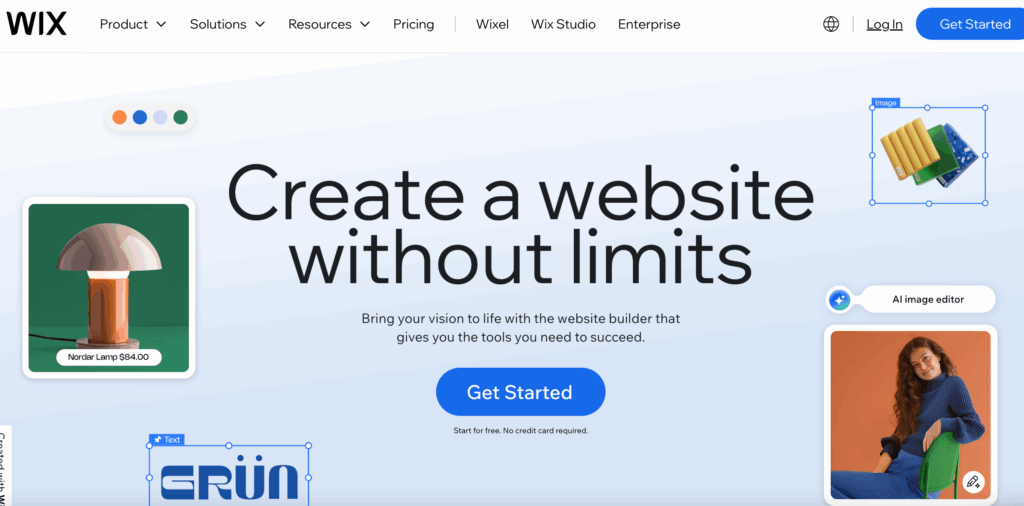
For Agencies and Marketing Teams:
Modern frameworks offer different speed advantages, but require technical expertise:
React holds with 30% market share among JavaScript frameworks. It’s powerful and flexible, but creates larger file sizes that challenge loading speeds. Success requires aggressive code splitting (breaking code into smaller chunks) and lazy loading (loading features only when needed).
Vue.js provides an excellent balance between performance and ease of use. Its smaller core size (34KB compressed versus React’s 45KB) gives it natural speed advantages. Vue 3 delivers 30% better performance than Vue 2, making it increasingly attractive for speed-critical projects.
Static Site Generators like Gatsby or Next.js pre-build your pages, delivering the fastest possible performance for content-heavy sites. They’re perfect for marketing sites, blogs, and portfolios where content doesn’t change constantly.
Browser Compatibility and Performance
Different browsers handle websites differently, affecting your performance metrics:
Chrome is used by 65% of visitors, making it essential to optimize for. Its extensive developer tools help identify performance problems, though its resource consumption can slow older devices. Chrome’s dominance means your site must perform well here.
Safari runs fastest on Apple devices, leveraging hardware acceleration for 20-30% better performance on iPhones and Macs. If your audience includes many Apple users, Safari optimization can significantly improve their experience.
Firefox often loads pages faster due to built-in tracking protection that blocks resource-heavy tracking scripts. While only 7% of users choose Firefox, they’re often tech-savvy customers worth optimizing for.
Your optimization strategy must balance these differences while maintaining baseline performance everywhere. This means testing across browsers and not assuming what works in one will work in others.
Server-Side Performance: The Foundation of Speed
Backend Technology and Business Impact
Your server technology determines how fast your site can respond to visitors. While this topic can get technical, understanding the basics helps you make better decisions about your web hosting and development.
How backend performance affects your business:
Response time directly impacts user experience. When someone clicks a link or submits a form, your server needs to process that request and send back information. Slow servers mean frustrated customers, while fast servers mean happy customers who convert.
Database efficiency determines how quickly your site can retrieve information. Whether pulling up product details, user accounts, or blog posts, database speed affects every dynamic element on your site. Poor database performance can add seconds to every page load.
Scalability affects your ability to handle traffic spikes. If your backend can’t scale, Black Friday sales or viral social media posts could crash your site exactly when you need it most. Modern backend technologies enable automatic scaling to handle demand.
API Performance and Third-Party Services
If your website connects to other services like payment processing, email systems, inventory management, and CRM tools. These connections need to be fast, too. Each external service adds potential delays:
- Payment gateways that take too long lose sales at checkout
- Slow email service integrations delay form submissions
- Inventory system lag creates poor shopping experiences
- Analytics tools can slow entire pages if not properly implemented
The solution involves choosing reliable web hosting providers, implementing proper caching for external data, and loading third-party scripts asynchronously (in the background) so they don’t block your main content.
Smart Business Investment in Performance
Where Successful Companies Are Spending
The web performance market is growing from $5.97 billion in 2025 to $9.03 billion by 2030, showing that businesses recognize performance as critical to success. This 51% growth rate exceeds most technology sectors.
Successful businesses are investing strategically:
- Performance monitoring tools (63% of budgets): Real-time monitoring to catch problems before customers notice
- Dedicated performance staff (78% of companies): Specialized experts focused solely on speed optimization
- Automated testing systems (52% of companies): Continuous performance checking with every site update
- Infrastructure upgrades (45% of companies): Better hosting, CDNs, and server resources
Common Problems Killing Your Conversions
1. Poor Caching Strategy
Caching stores frequently used data for quick access, like keeping commonly ordered items near the front of a warehouse. Without proper caching, your server repeats the same work for every visitor. Good caching can make your site 10x faster and reduce server costs by 60%.
Types of caching that matter:
- Browser caching: Stores files on visitors’ devices for instant repeat visits
- Server caching: Keeps processed pages ready for immediate delivery
- Database caching: Remembers frequent queries to avoid repeated lookups
- CDN caching: Distributes your content globally for faster regional access
2. Too Many Third-Party Scripts
Every tool you add slows your site. The average business page has 75 external requests, adding 1-3 seconds to load time. Common culprits include:
- Analytics tools (Google Analytics, Hotjar, Crazy Egg)
- Chat widgets (Intercom, Drift, LiveChat)
- Social media buttons and feeds
- Marketing tools (pop-up builders, email capture forms)
- Advertising and retargeting pixels
The solution isn’t removing all tools, it’s loading them intelligently so they don’t block your main content.
3. Unoptimized Images and Videos
Large media files are the #1 cause of slow sites. A single unoptimized image can add 2-3 seconds to your load time. Common mistakes include:
- Uploading images straight from cameras (often 5-10MB each)
- Using wrong formats (JPEG for graphics, PNG for photos)
- Not providing multiple sizes for different devices
- Auto-playing videos that users don’t want
Proper optimization can reduce file sizes by 70% without visible quality loss.
4. Mobile Optimization Gaps
Your site needs to work well on all devices, not just the latest models. Mobile-specific challenges include:
- Limited processing power for JavaScript-heavy sites
- Slower network connections, especially indoors
- Smaller screens require different layouts
- Touch interactions need larger tap targets
Your Comprehensive Action Plan for Faster Performance
Now that you see how important these performance metrics are, and what benchmarks you should be looking to hit, here is an action plan to put them into place:
Quick Wins You Can Implement Today
1. Optimize Your Images Properly
Start with your images, they’re usually the biggest performance killer and easiest to fix:
- Convert to modern formats: WebP reduces file sizes by 30% compared to JPEG
- Implement lazy loading: Images load only as visitors scroll to them
- Size images correctly: Don’t use 4000-pixel images for 400-pixel spaces
- Use responsive images: Serve different sizes to phones versus desktops
2. Set Up Effective Caching
Work with your hosting provider to implement comprehensive caching:
- Browser caching helps returning visitors by storing files locally
- Server caching speeds up all visits by keeping pages ready
- CDN implementation serves content from locations near your visitors
- Database caching eliminates redundant data lookups
3. Clean Up Your Code
Remove the digital clutter slowing your site:
- Delete unused plugins, themes, and modules
- Minimize CSS and JavaScript files (remove unnecessary spaces and comments)
- Defer non-critical scripts (load them after important content)
- Combine multiple files to reduce server requests
Mobile-First Optimization Strategy
Since Google prioritizes mobile performance, your optimization must start there:
Design considerations:
- Create simple, focused mobile layouts
- Ensure buttons are easy to tap (minimum 48×48 pixels)
- Use readable fonts (at least 16px)
- Avoid hover-dependent features that don’t work on touch screens
Performance adaptations:
- Serve smaller images to mobile devices
- Reduce JavaScript complexity for limited processing power
- Implement adaptive loading based on connection speed
- Test on real devices, not just browser simulators
Database and Server Optimization
Work with your hosting provider or developer to implement these critical optimizations:
Database improvements:
- Optimize slow queries that delay page loading
- Implement proper indexing for faster data retrieval
- Clean up old data that slows searches
- Use query caching for frequently accessed information
Server enhancements:
- Upgrade to HTTP/2 or HTTP/3 protocols for faster connections
- Enable Gzip or Brotli compression to reduce file sizes
- Set up auto-scaling for traffic spikes
- Optimize server response times through better configurations
Essential Tools for Measuring and Monitoring Success
Free Testing Tools Every Business Should Use
Google PageSpeed Insights is your most important testing tool because it shows exactly what Google sees:
- Direct insight into Core Web Vitals scores
- Real user data from Chrome browsers
- Specific improvement recommendations with priority levels
- Mobile and desktop testing in one report.
GTmetrix provides detailed performance analysis with visual reports:
- Waterfall charts showing loading sequences
- Historical tracking to monitor improvements
- Video playback of your page loading
- Performance scores from multiple testing engines.
WebPageTest has the best advanced testing for deeper insights:
- Test from multiple global locations
- Simulate different connection speeds
- Compare before/after optimization results
- Detailed metrics for technical analysis.
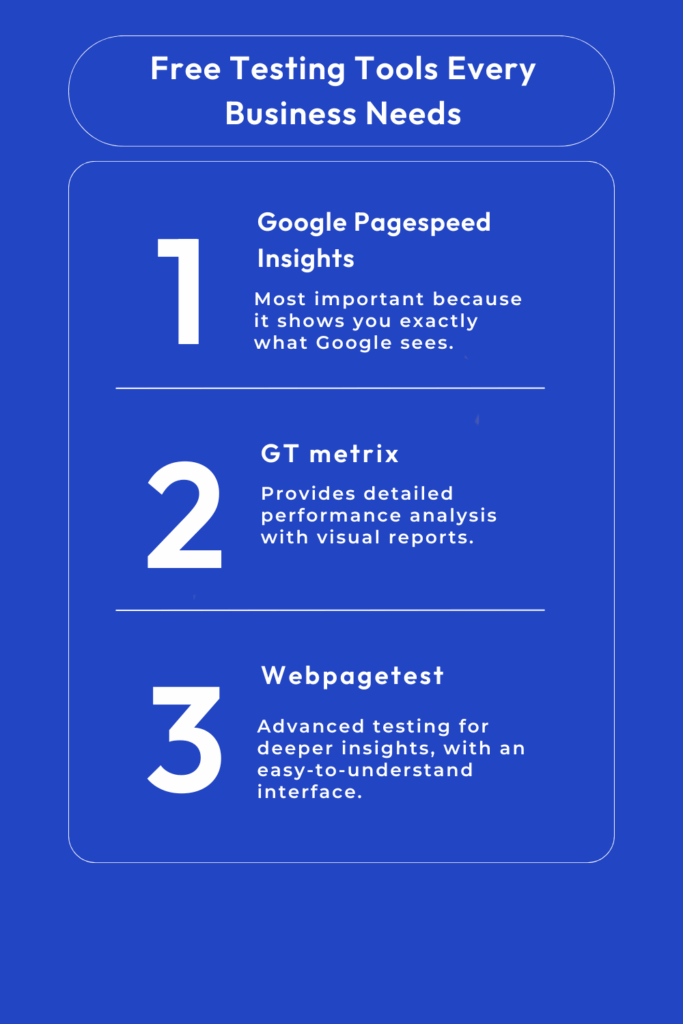
Setting Up Continuous Monitoring
Don’t just test once; establish ongoing monitoring and maintenance:
1. Establish your baseline. Document current performance across all key pages. Include Core Web Vitals scores, loading times, and user experience metrics. This baseline becomes your benchmark for measuring improvement.
2. Focus on critical pages. Monitor pages that matter most to your business:
- Homepage (first impressions matter)
- Product/service pages (where decisions happen)
- Checkout/contact forms (where conversions occur)
- Blog posts (for SEO traffic)
3. Set up automated alerts. Configure notifications for:
- Core Web Vitals dropping below thresholds
- Sudden performance degradation
- Server response time spikes
- Error rate increases
4. Review and improve regularly
- Weekly: Check automated reports for issues
- Monthly: Deep dive into performance trends
- Quarterly: Strategic planning for major improvements
We Build Stunning WordPress Sites And Keep Them Updated
Focus on growing your business while we handle everything from professional website design to regular updates, backups, and security.
Future-Proofing Your Website Performance
Emerging Trends to Watch
AI-Powered Optimization. Artificial intelligence is revolutionizing performance optimization. Machine learning algorithms now predict optimal resource loading, automatically generate critical CSS, and dynamically adjust quality settings based on user context. These capabilities will become standard hosting features by 2026.
Edge Computing Advancement. Processing data closer to your visitors dramatically reduces response times. Edge computing enables sub-50ms responses globally while reducing origin server load. Expect continued investment in edge infrastructure and tools that simplify edge deployment.
5G Network Impact. Faster mobile internet raises customer expectations even higher. While 5G enables richer experiences, it doesn’t eliminate optimization needs. Sites must adapt to leverage 5G capabilities while maintaining compatibility with slower connections that will persist for years.
Building Website Performance Into Your Business Process
Make speed a core business metric:
- Include performance targets in project requirements
- Review speed metrics alongside sales and traffic data
- Set performance budgets for new features
- Celebrate speed improvements as business wins
Create a performance culture:
- Train team members on the importance of performance
- Share performance wins and learnings
- Include speed in quality assurance testing
- Make performance everyone’s responsibility
Stay informed about changes:
- Monitor Google’s algorithm updates
- Follow web performance communities
- Track competitor improvements
- Attend webinars and conferences on optimization
Your Path to Performance Success
Meeting 2025’s web performance standards isn’t optional; it’s essential for your business survival and growth. Every millisecond of improvement translates directly to better search rankings, happier customers, and increased revenue. The businesses that prioritize speed today will dominate their markets tomorrow.
Your immediate action steps:
- Test your current performance using Google PageSpeed Insights to understand where you stand
- Identify your biggest bottlenecks by analyzing which metrics fail most severely
- Implement quick wins starting with image optimization and caching improvements
- Monitor progress weekly to ensure improvements stick and catch new issues early
- Plan strategic improvements for long-term performance excellence
Remember that performance optimization is an ongoing journey, not a one-time project. Technology changes, customer expectations rise, and competitors improve. Staying ahead requires continuous attention and investment in speed.
Your Web Hosting foundation matters most: Your website’s performance ultimately depends on the infrastructure supporting it. The right hosting configuration provides the foundation for achieving these demanding performance standards.
That’s why so many businesses choose InMotion Hosting. Our performance-first infrastructure, real human support, and proven scalability give you more than just hosting. We are your strategic partner and are invested in your success. With the right configuration and the right team behind you, your website can become a competitive advantage that drives measurable business growth.
Everything Your Website Needs to Scale
Launching your website is easier than you think. With up to 80% in savings on web hosting, bringing your business online is easier and more affordable than ever. Act now to take advantage of this limited time offer.
99.99% Uptime
24/7 Human Support
100% Money-Back Guarantee
